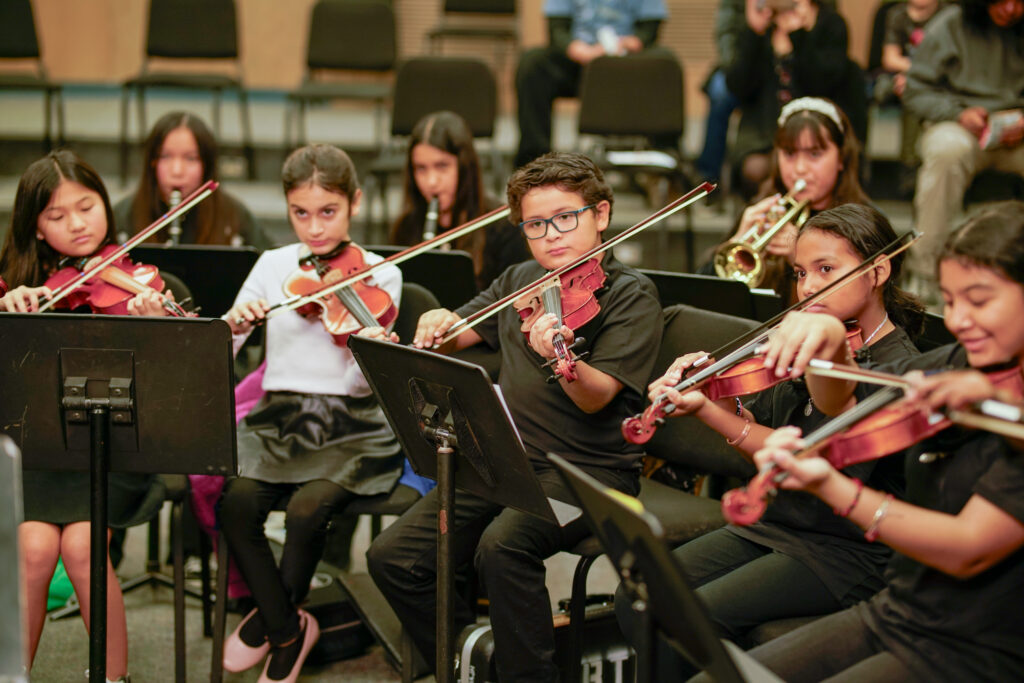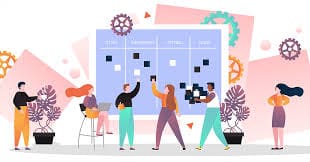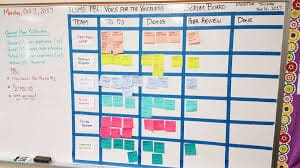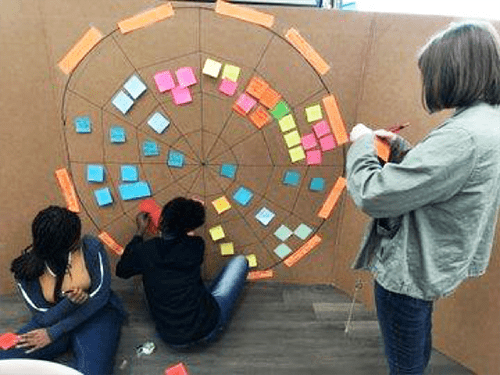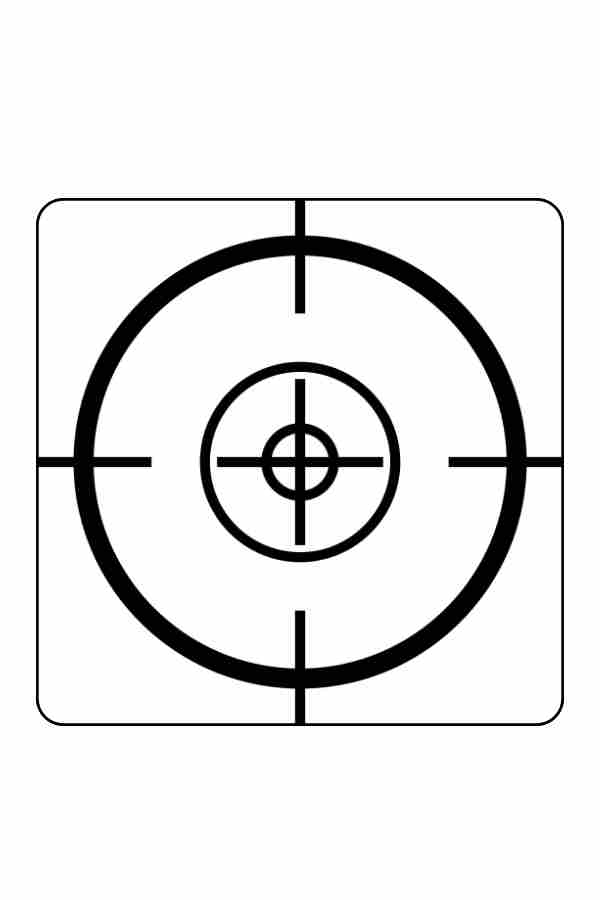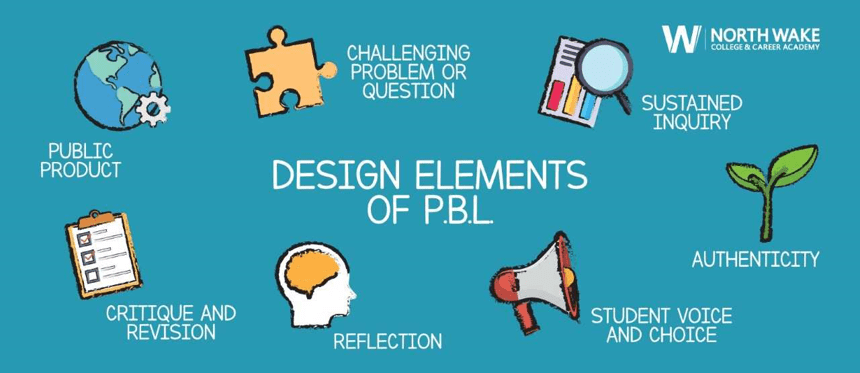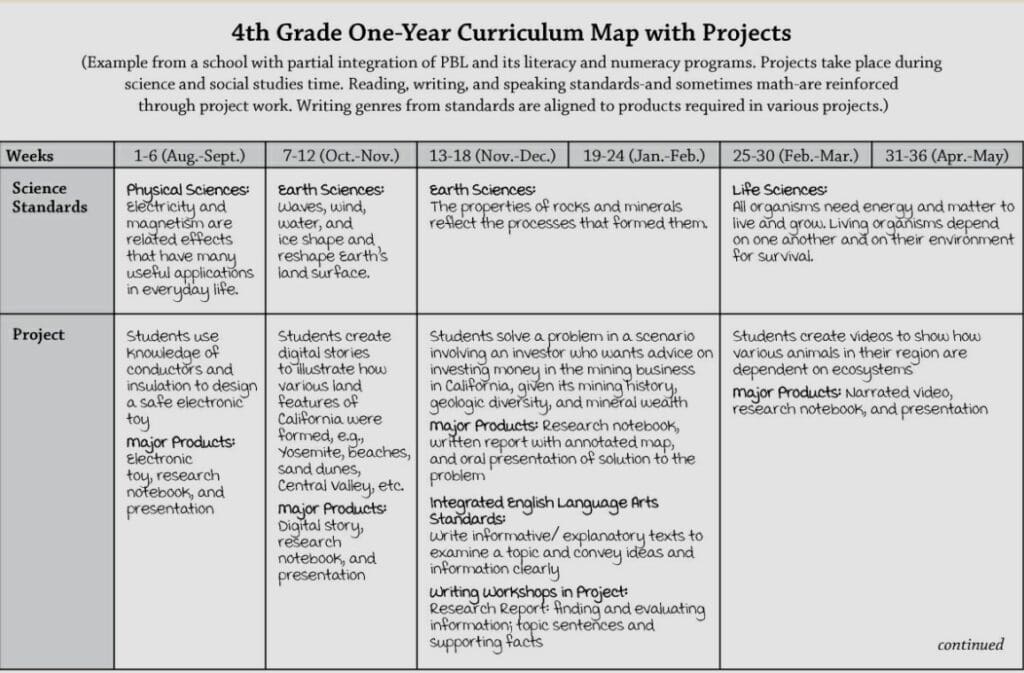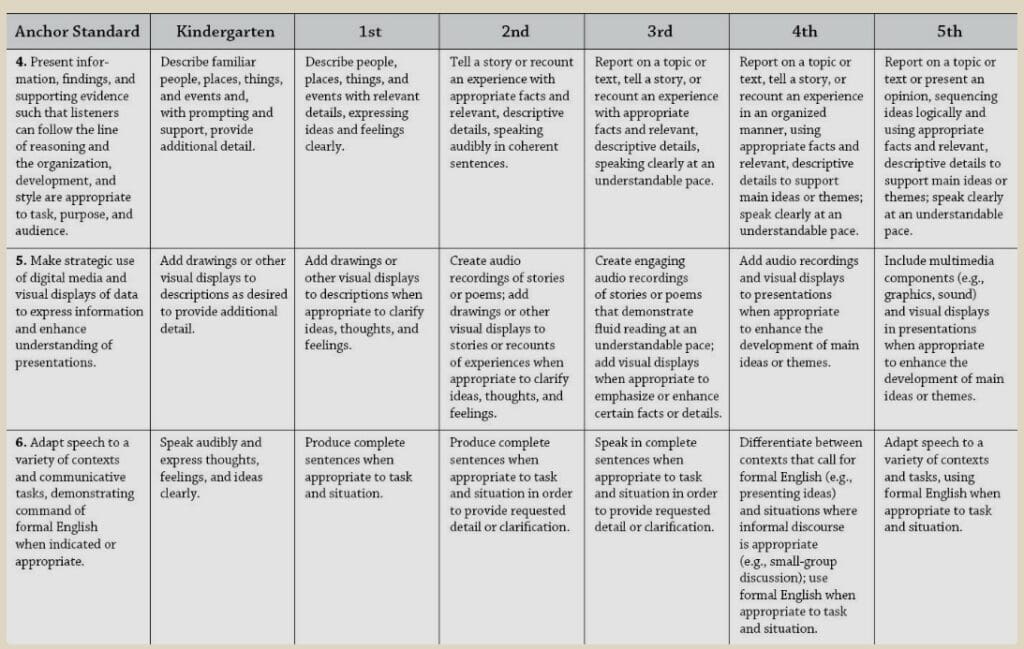
The Harmony Projects offer free music education to low-income children in Los Angeles.
credit: the Harmony Project
When Rigoberto Sanchez-Mejia was just 5 years old, he started taking music lessons at the Harmony Project in Los Angeles. He started out on the drums and the piano, but as soon as he picked up the violin, he knew he had found his instrument.
“Once I found the violin, that was it. It’s a big part of me,” said the soft-spoken 17-year-old who’s planning to study biochemistry at UC San Diego in the fall. “It was love at first sight.”
Getting their first instrument is an emotionally stirring experience for many children, but for the low-income students served by the Harmony Project, it’s often a life-changing event as well. Amid the youth mental health crisis in the wake of the pandemic, some find that music can be soothing as well as intellectually enriching.
“I feel like it calms me down,” said Sanchez-Mejia, who plays jazz, classical and mariachi music with his beloved stringed instrument. “The best way I can explain it is sort of when everything is going a bit crazy in my head, there’s a bit too much going on, the violin is just able to calm those down a bit, so I can focus. I’m not worrying about 10 things at once.”
At Harmony, music is an art form and a lifeline that helps pave the way for college. The largest nonprofit music education organization in Los Angeles, serving Los Angeles Unified (LAUSD) as well as Compton and South Central among other areas, boasts a staggering 97% high school graduation rate. Roughly 79% of these young artists also become first-generation college students despite the myriad obstacles caused by poverty and worsened by the pandemic.

“It’s rough,” said Executive Director Natalie Jackson. “The last two years we have been seeing kids with so much more anxiety, so much more struggle, so much more loneliness.”
Founded by Margaret Martin in 2001 primarily as a public health intervention, the Harmony Project gives the children of the city’s hardscrabble neighborhoods access to free music education. The core belief here, that music lessons sharpen brain function, setting the stage for academic success, was famously studied by neuroscientist Nina Kraus. Giving children in poverty, who are at a far greater risk of dropping out of school than their higher-income peers, a cognitive boost early on can have a lasting impact on the course of their lives.
“Harmony has changed my life,” said Sanchez-Mejia. “It introduced me to the world of music, and through that I made so many connections and met so many people that really helped set the path I take now, going to college, having the escape of music, and being able to get opportunities others may not.”
Sanchez-Mejia is one of more than 4,000 students enrolled in this research-backed arts education initiative, which taps into the neuroscience of music to spark learning. Playing an instrument strengthens the brain’s ability to capture the depth and richness of language, experts say, boosting the cornerstone skill of literacy. Music is the key that unlocks the brain’s full potential.
“Music education and empowering youth to connect through music is at the core of everything we do at the Harmony Project,” said Jackson. “We envision a world where all youth have equal access to opportunities to make music and the resources needed to thrive in college and beyond.”
Discipline is among the program’s grace notes. Children pursue music for years, from K to 12, helping them develop a dogged sense of persistence and keen commitment to their craft and ambitions in music and beyond. That’s partly because the ability to focus for extended periods of time, a mandatory skill in music class, also buttresses all other academic pursuits.
Wellness is another chord woven throughout the program. In addition to receiving an instrument to take home and free music classes, students also gain access to social services, from food to mental health care. During the pandemic, Harmony tried to provide whatever its families needed.
“Our model is very holistic,” said Jackson. “We’re not just looking at a kid for an hour a day and focusing on whether or not they can play an A major scale. We’re looking to see how we can help the entire family in some way. Once we commit to a community, we really try to stay. Once a child is in our program, we commit for their entire childhood.”

Jackson notes that most students now seem a year or two behind where they were before the pandemic. That learning loss hurts their ability to grasp music concepts initially, but she notes the music lessons also help them catch up.
“Our third-graders aren’t really third-graders,” she said, “they are more like second-graders or first-graders.”
She also sees more families now in which older children must find a job to make ends meet. That cuts into time for music, not to mention school.
“It used to take two incomes to put food on the table, now sometimes it takes three,” said Jackson. “If they have to change their schedule to pick up an extra shift at Taco Bell, we try to accommodate them.”
Guillermo Tejeda, a jazz musician and educator, said that Harmony’s immersive approach to music education mixed with community outreach has inspired his own work with LA’s Neighborhood Orchestra.
I “highly respect their work in providing music education to underprivileged children,” said Tejada. “Their holistic approach fosters community, discipline, and personal growth, leading to transformative academic results.”
Others applaud the program’s embrace of rigor and research, the core of the science of learning, as well as empathy.
“I’m impressed with the scope and reach of the Harmony Project,” said Merryl Goldberg, a veteran music and arts professor at Cal State San Marcos. “Building trusting relationships, this to me is fundamental to any success in life, and is often overlooked as a core component of a program. Compassion is crucial to a healthy community.”

In an age of distraction, experts say the power of sustained concentration, honed through musical training, often boosts scholastic achievement.
Sanchez-Mejia has studied at Harmony for 12 years, taking part in the youth orchestra as well as helping mentor younger students while also getting on the honor roll at school. He credits Harmony with setting him on the path to college and helping him find his footing along the way.
As a first-generation college student, practicality is top of mind. That’s why he initially struggled with whether to major in music or science at UCSD.
“It is a little scary being the first one to go to college in my family since I don’t really have anyone that I can rely on in my family,” he said, “and instead I have to go out my way to find my own resources.”
In the end, he decided on a science major, but he says he’ll still play the violin 10-12 hours a week. He’s also hoping to snag a spot with Orange County’s Synesthesia Sinfonietta during college, even though it’s a brutal commute.
“I ended up picking biochemistry mostly because it felt a little safer for my future, but that doesn’t mean I’m leaving music behind at all,” he said.”I love the violin.”
